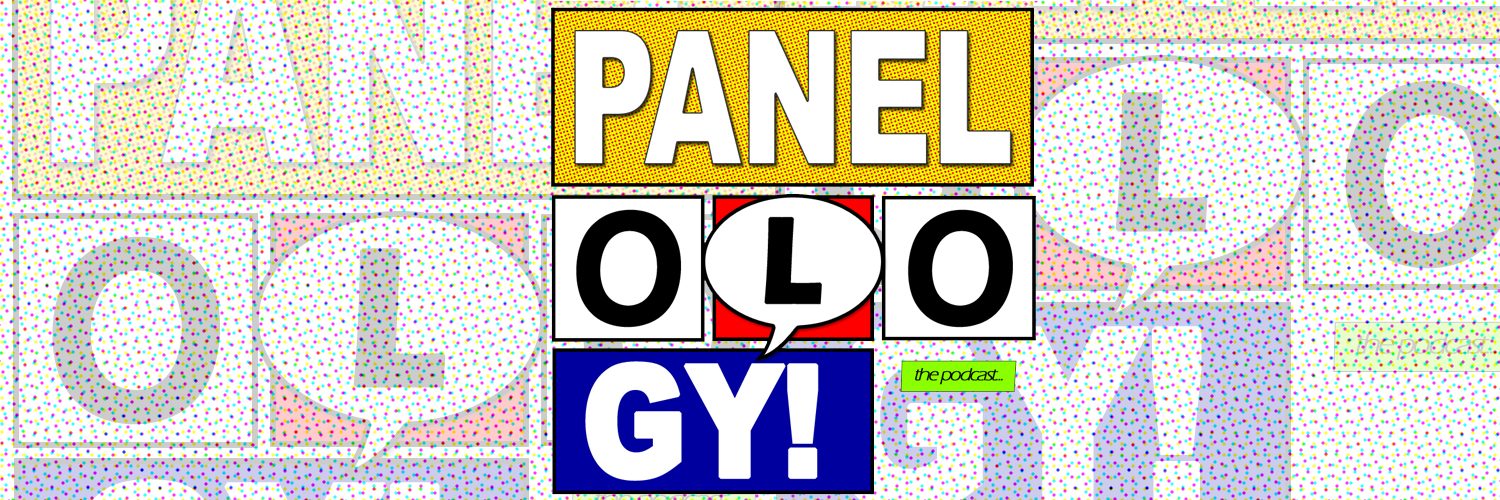And now, for something completely different! Instead of a single story arc, today we’re going to talk about ten story arcs! Sort of. Chew has ended, and its final trade is out next week—and honestly, I came to the series late and am still catching up. So instead of trying to get through a dozen volumes individually (especially since I have read most of them at this point, so I’d be massively breaking my arbitrary rules by doing that) or telling you about the beginning of the end, I thought I’d shake things up and just pitch you on the series in general.
Chew follows FDA agent Tony Chu, who finds himself investigating a vampiric serial killer, wrangling egg-worshiping cultists, and dealing with cosmic threats to Earth. Why the FDA? Because prior to the events of the book, a massive case of avian flu killed millions of people, so poultry is banned, and the FDA is the preeminent U.S. law enforcement agency.
Oh, also, he learns the history of anything* by eating it. That’s useful in detective work, especially when you’re investigating other people with bizarre, food-based powers like making weapons out of chocolate or communicating through gelatin. (And if you assume that means light, tasteful cannibalism, you'd be correct.)
This book is absolutely bonkers and consistently hilarious, and I adore it. The sixty-issue run is intricately plotted: events from early issues can have late-series consequences. Often throughout the run, Layman and Guillory tease things that will happen later on—in fact, issue #27 was released between issues #18 and #19 to provide a one year flash forward in the book’s original run. That intentionality also lets the book have some really emotional heft—there’s a strong element of family drama throughout the series, and Tony those close to him do not always walk away from the book’s events unscathed.
The level of detail in Chew’s scripting also extends to its art. Guillory’s style is exaggerated and over-the-top, and he packs it with sight gags that are worth seeking out—elements that could be inconsequential, like advertisements, labels on case files, or any number of background details become opportunities for comedic images or quick quips.
This is, no question, one of my favorite series; it is also one of the first ones I recommend to people who are looking for a book outside of Marvel or DC superhero fare. I don’t expect it to click with everyone the way that it has with me. But I absolutely do suggest you check Chew out—it masterfully walks the line between funny, sincere, and high stakes; and it is truly one-of-a-kind.
*Except beets.
Collected in
- Chew Trade Paperbacks (12 volumes, containing 5-6 issues each)
- Chew Omnivore Editions (6 hardcover volumes, collecting 10-12 issues each)
Credits
Writer/Letterer: John Layman | Artist/Colorist: Rob Guillory

